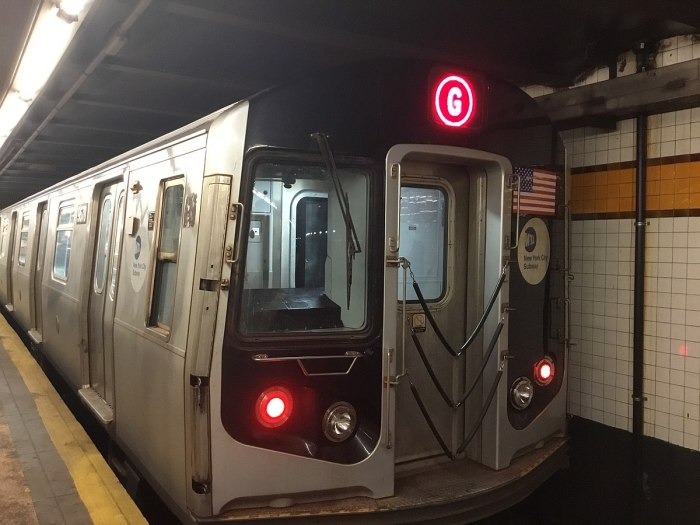
President Donald Trump released Executive Order 13769 — “Protecting the Nation from Foreign Terrorist Entry into the United States” — exactly five months ago.
The order temporarily blocked entry for refugees and travelers from seven Muslim-majority countries. In one of the most fraught moments of Trump’s presidency, the move was immediately met with mass protests at airports around the country as confusion reigned: officials hadn’t been prepared for who should be allowed in.
Soon, courts around the country placed injunctions on what even Trump called his “travel ban.” The administration and its antagonists waited to see what the Supreme Court would decide. On Monday, the high court said it would consider the legality of the travel ban in the fall, and also that some portions of the ban could continue until then.
What does that mean for the next few months? In a June 14 memorandum, Trump indicated that the ban would begin 72 hours after courts allowed it. Legal organizations who led the Kennedy Airport protests and wider opposition to the travel ban five months ago say it may lead to continued confusion.
The meaning of “bona fide”
The Supreme Court allowed enforcement of Trump’s revised ban for “foreign nationals who lack any bona fide relationship with a person or entity in the United States.”
The idea of a “bona fide relationship” comes from the suit against the ban in Hawaii, which hinged in part on individuals’ inability to join family members in the United States.
If foreign nationals can show a bona fide relationship, the ban doesn’t apply. But without such a relationship, the ban can stop them.
The United States already essentially requires what might be termed a bona fide relationship for many newcomers, but the devil will be in the details. For example, the court opinion specifically OKs family members and students accepted to American schools in their bona fide characterization. But what about someone with an “estranged cousin” in the United States, asks Camille Mackler, director of legal initiatives for the New York Immigration Coalition. How do you determine the level of relationship distance? Or what about someone who was registered for a conference but might not have a speaking role?
There are plenty of similar “ambiguous cases” which might be “on the margins,” says Albert Cahn, legal director of the Council on American Islamic Relations, New York.
Three conservative justices expressed concern, noting that hashing out the meaning of “bona fide” could result in “a flood of litigation.” Meanwhile, the Department of Homeland Security promised a professional and coordinated implementation.
What groups could be most affected by the Supreme Court’s opinion?
The bona fide test could be particularly impactful for tourist visa seekers from the six countries cited in Trump’s revised executive order. Many of them are unlikely to have close pre-requisite ties.
Advocates are also closely watching what will happen to refugees.
Refugee admittance to the United States is already strict, and many of the ways that refugees can enter depend on the same types of bona fide connections the Supreme Court appears to favor: Some refugees get in because spouses or immediate family members are already here, says Betsy Fisher, policy director of the International Refugee Assistance Project.
Similarly, refugees who are already far along in the process and working with American resettlement groups might have that bona fide “entity” to vouch for them.
But what about the many refugees who are still clamoring to get to the United States? Fisher points to the hypothetical of a Syrian family whose child has an acute medical need, for example, and whose case was referred by the United Nations.
They may not fit the Supreme Court’s criteria and could get caught in the ban this summer.
That’s not exactly an idle worry. The Trump administration already has been slow to admit refugees even after lower courts placed an injunction on the refugee ban. According to State Department figures, refugee admittance in recent months has been below the analogous period in previous years.
So will there be airport confusion and protests again once the approved parts of the ban come on line?
There are fewer loopholes in the revised ban that would allow foreign nationals to make it to the United States and have standing to sue to stay. For those looking to get tourist visas, the confusion about their American relationships may take place overseas at consulates where visas are issued.
Still, organizations like IRAP, NYIC, and The Legal Aid Society are preparing to monitor airports later this week if need be, as well as running hotlines for those who may be inappropriately caught in the ban.
For now, the situation is still “murky,” says Mackler, who along with other lawyers and advocates, waits to see how an “unreliable” White House will implement what the Supreme Court has allowed.




































